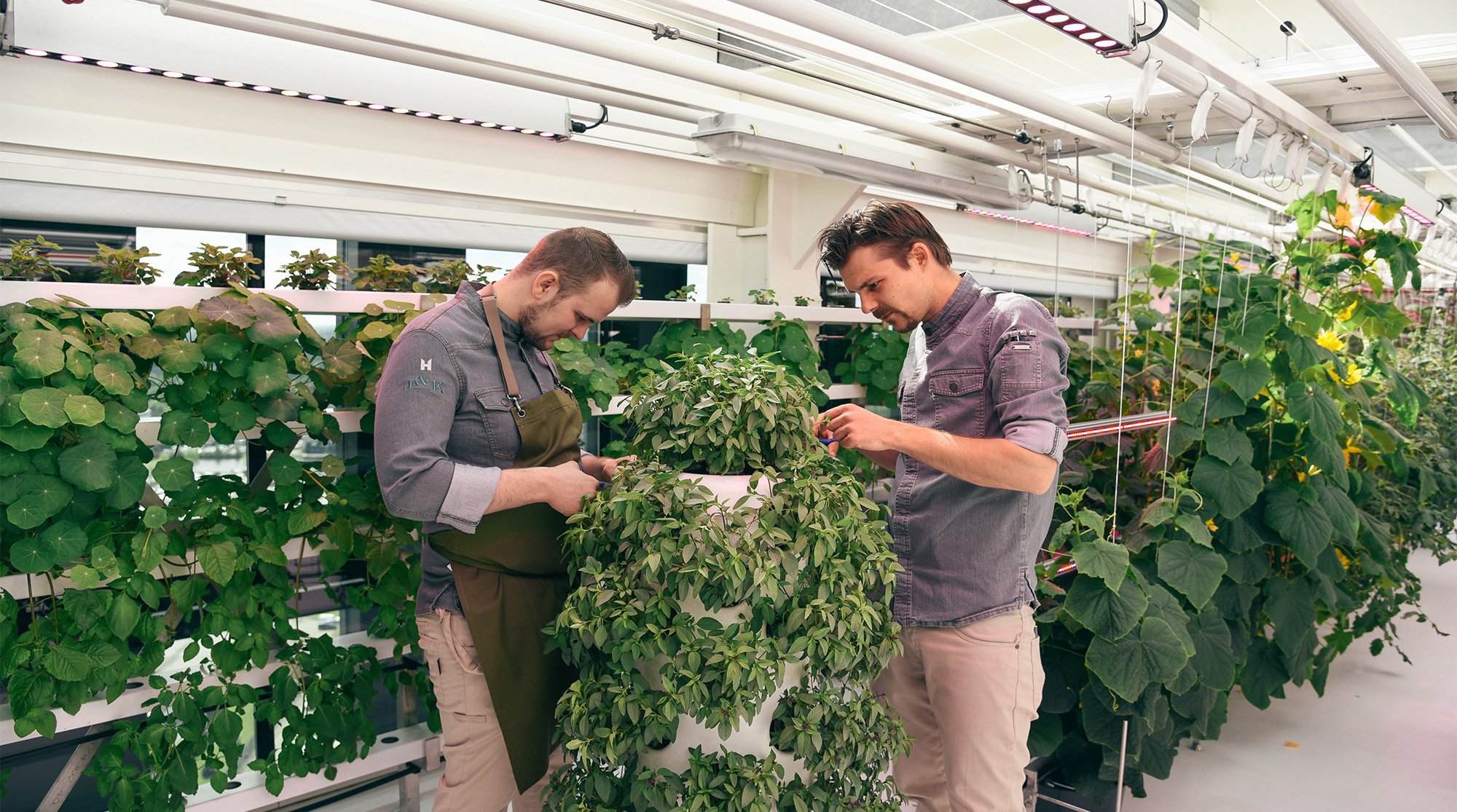Christa de Vaan
Associate
I have a wide range of experience in implementing digital and sustainable change in the build environment. Every project has a potential to bring us closer to a more sustainable world and digital is the enabler, which can unify project development ambitions and future goals for our planet.
In line with that goal I’m pushing the development of Digital Twin. This is bringing faults to the surface that would otherwise stay unnoticed. And likewise bring opportunities to light that could not have been discovered by traditional monitoring. In the project I lead for the governmental head office in The Hague, the Digital Twin not only revealed the faults leading to discomfort and energy loss but also automatically diagnosed what measures where needed to solve them. It predicted the most effective route to transition towards an energy neutral building.
In my ambition to bring together, adaptability circularity and building intelligence, I also developed and successfully implemented a new modular ductless, ‘plug and play’ ventilation system which allows building owners to make changes to a building as easy as moving furniture. New innovations on the system allow ‘automatic discovery’ and ‘over the air updates’, which will help take the next step creating automotive building control. Another example in which digital enabled sustainability is the design for the QO hotel which won many sustainability awards. For this project I developed the concept and algorithm of a dynamic sliding insulated façade panels that are programmed to keep the optimum energy balance for each individual hotel room. Currently I’m is leading the development of a digital tool to help the implementation of circularity in building design.
